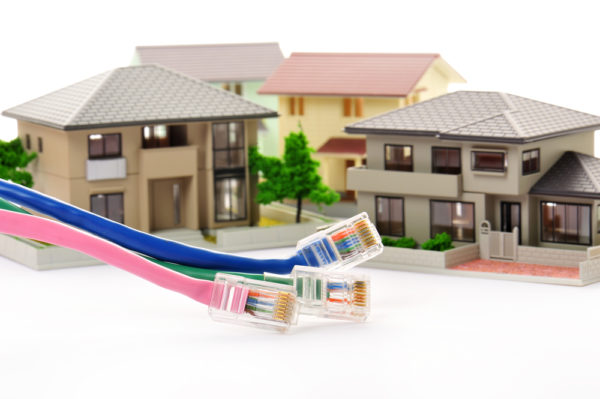Expansion of the Lifeline program will affect more than 13 million Americans
A recently-approved expansion of an FCC program will grant millions of low-income households a discount on internet access in an effort to help close what is becoming known as the digital divide — the lack of reliable high-speed internet access for lower income families.
FCC commissioners voted on the proposed expansion 3 to 2 along party lines, as expected. Eligible households (those at or below 135 percent of the federal poverty level) will now be able to apply the $9.25 subsidy to broadband, wireless, or a bundled voice and internet package. Previously, the program, called Lifeline, was only applicable to phone service.
According to the FCC, nearly all households with annual incomes of more than $150,000 currently have high-speed internet; by contrast, nearly half of those with incomes less than $25,000 claim the same.
“I think there are people who believe that broadband access is a luxury and not a necessity, and that’s no longer true, especially in education,” said FCC Commissioner Jessica Rosenworcel in an interview earlier this month, shortly after addressing the pressing need for action in tackling the homework gap at CUE 2016 in Palm Springs.
Rosenworcel, a member of the Democratic majority who voted in favor of the update, also discussed the importance of bringing internet access to more homes as a way to keep pace with the growing use of digital tools in schools. “Ask any teacher, Do they use internet in the classroom? I’m sure they do,” she said. “Then ask them if all their students have access at home and I think they’ll tell you that not all their students have access, and that, in fact, access is now a necessity to do basic schoolwork. I think of the homework gap as the new digital divide, but I think it’s a divide that’s within our power to bridge and fix.”
Consortium of School Networking CEO Keith Krueger was equally supportive of the move. “The Commission took a first step toward improving digital equity for students at home,” he said in a statement. “The order importantly addresses wi-fi and hotspot functionality and appears to include elements that will begin meeting the connectivity needs of low-income families.”
According to the Los Angeles Times, more than 15,000 people recently signed a petition organized by Demand Progress to expand the Lifeline program.
- TC- What student choice and agency actually looks like - November 15, 2016
- What student choice and agency actually looks like - November 14, 2016
- App of the Week: Science sensor meets your smartphone - November 14, 2016

